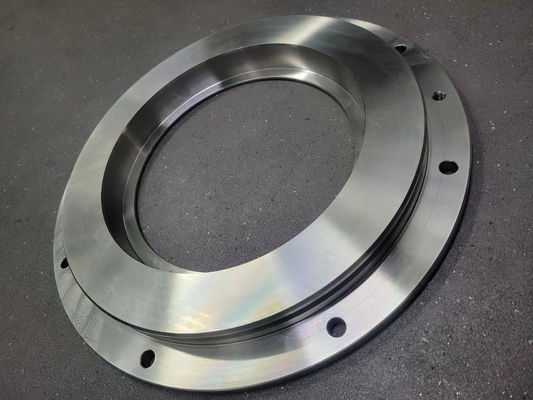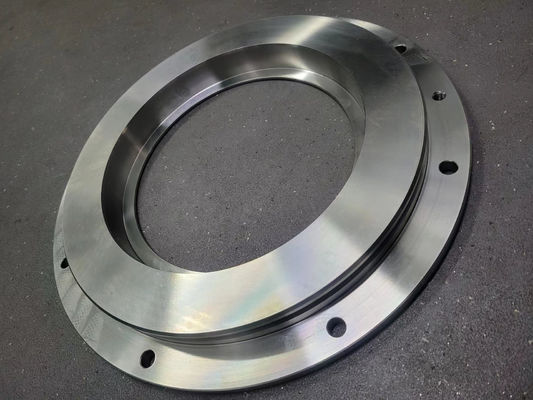
Contact me for free samples and coupons.
Whatsapp:0086 18588475571
Wechat: 0086 18588475571
Skype: sales10@aixton.com
If you have any concern, we provide 24-hour online help.
x| Outer Diameter | Custom | Inner Diameter D | Custom |
|---|---|---|---|
| Length A | Custom | Width B | Custom |
| Height W | Custom | Application | Material Transmission Line/steel Strip Production Line |
| High Light | Custom Bearing Cover,Bearing Cover ODM,wheel bearing caps oem |
||
Custom Bearing Cover For Material Transmission Line Steel Strip Production Line
A bearing cover, also known as a bearing cap or housing cover, is a protective component that is used to enclose and shield a bearing from external elements and contaminants. It is typically a removable or integral part of the bearing housing or assembly. Here are some key points about bearing covers:
-
Protection: The primary function of a bearing cover is to protect the bearing from dust, dirt, moisture, and other foreign particles that could potentially damage or hinder its performance. It acts as a barrier, preventing the ingress of contaminants that could lead to premature wear, corrosion, or failure of the bearing.
-
Enclosure: Bearing covers enclose the bearing within the housing or assembly, providing a protective shield around it. They help to create a sealed or semi-sealed environment, depending on the design, to minimize the exposure of the bearing to external elements.
-
Retention: In some cases, bearing covers are designed to securely hold the bearing in place within the housing or assembly. They provide additional retention and prevent the bearing from becoming dislodged or misaligned during operation or maintenance.
-
Lubrication Retention: Bearing covers may incorporate features such as grease or oil seals to retain lubricants within the bearing housing. This helps to maintain proper lubrication and prevent leakage, ensuring smooth operation and reducing friction and wear.
-
Accessibility: Bearing covers are often designed for ease of access to the bearing for maintenance, inspection, and lubrication. They may have removable sections or openings that allow technicians to perform necessary tasks without fully disassembling the bearing housing.
-
Material and Design: Bearing covers are typically made from materials that offer durability, corrosion resistance, and mechanical strength, such as metals, plastics, or composite materials. The design of the cover takes into account factors such as the operating conditions, load requirements, and compatibility with the bearing and housing configuration.
-
Integration: Bearing covers can be an integral part of the bearing housing or assembly, or they may be separate components that are attached or fastened to the housing. The method of integration depends on the specific design and requirements of the bearing system.
-
Customization: Bearing covers can be customized to meet specific application needs. They can be designed to accommodate various types and sizes of bearings, as well as specific environmental conditions or industry standards.
In summary, a bearing cover is a protective component that shields the bearing from contaminants and provides a sealed or semi-sealed enclosure. It helps to maintain the integrity and performance of the bearing by preventing damage or premature wear. The design, material, and features of the bearing cover are tailored to the specific requirements of the bearing system and operating conditions.





